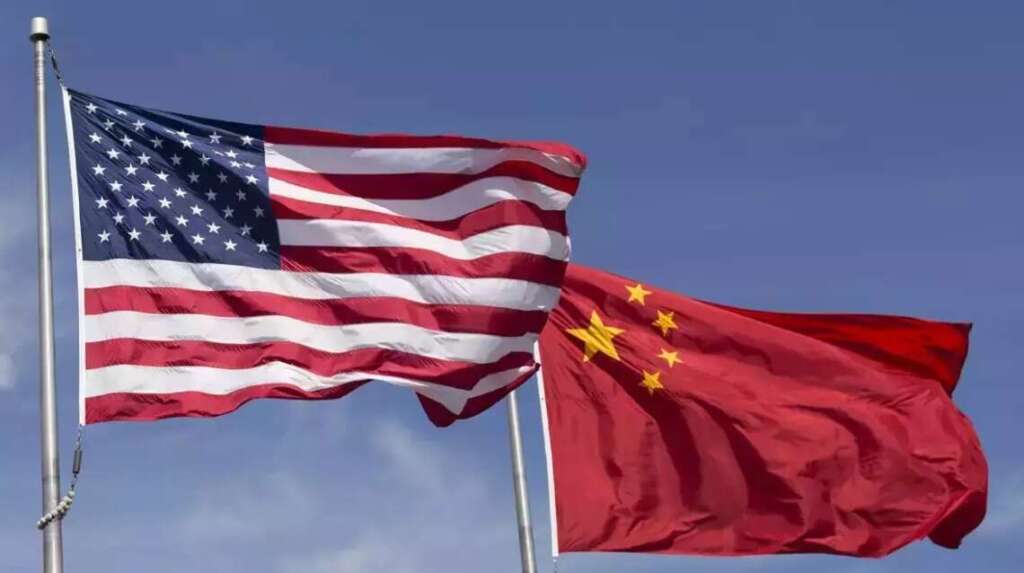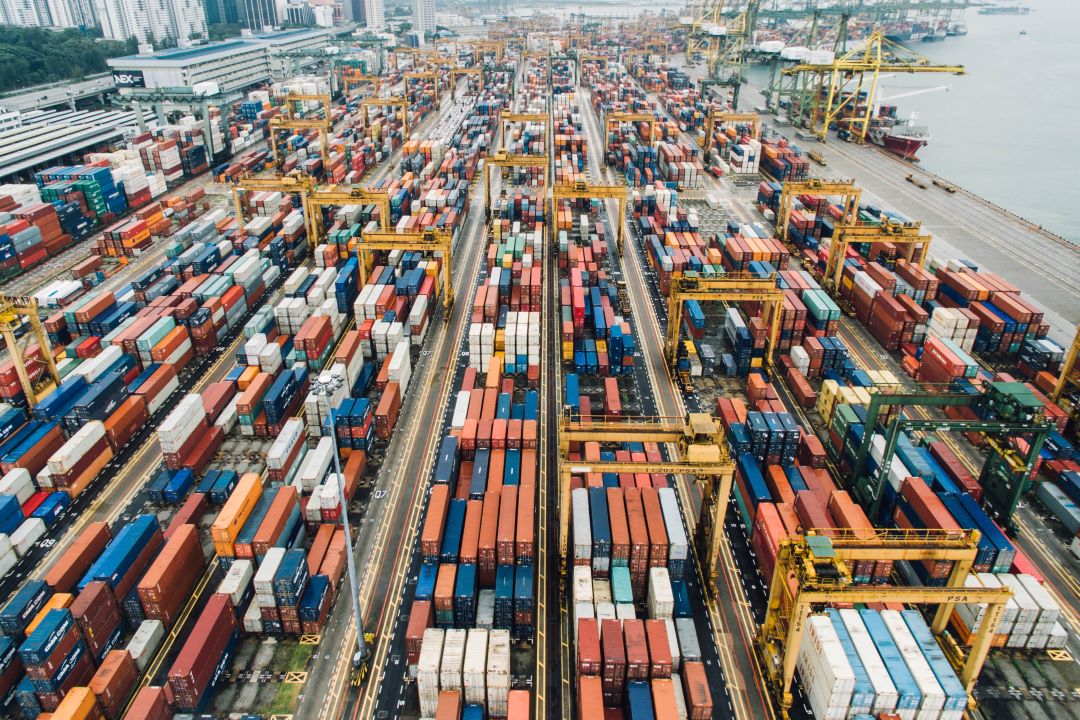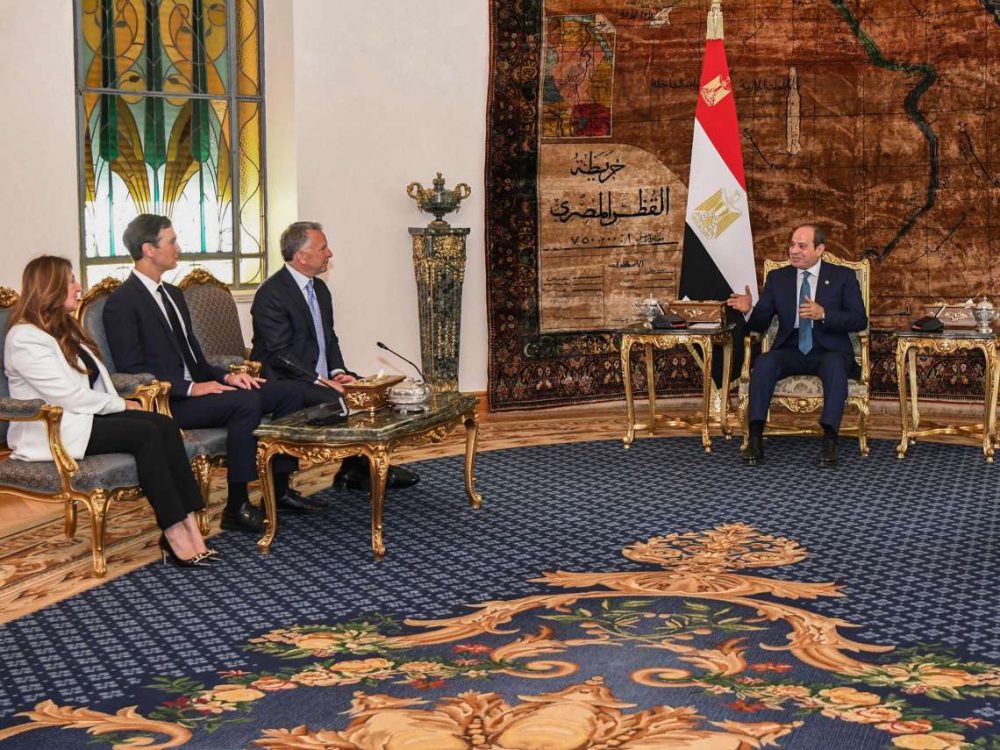China rejected the US’s tariff claims, stating, “There is no winner in a tariff war”, emphasising its commitment to “joining hands, not throwing punches” and global market engagement.
The ongoing trade tensions between the United States and China have taken a new turn, with China’s retaliatory tariffs on US imports now reaching as high as 245%, according to a recent White House fact sheet. This latest revision in tariff rates represents a significant escalation from the previous 145% tariff on Chinese exports to the US, marking a tense period in the trade war between the two nations.
US President Donald Trump had previously imposed reciprocal tariffs on several countries, including China, with which the US had a trade deficit. These tariffs were part of Trump’s broader strategy to “level the playing field” and protect US national security by counteracting what he saw as non-reciprocal trade agreements. Following initial concerns over the negative effects of these tariffs on global markets, President Trump decided to pause the higher tariffs for 90 days, allowing time for trade negotiations with over 75 countries. The White House confirmed that, while discussions with most countries were ongoing, China remained a notable exception.
In response to this, President Trump outlined the “Fair and Reciprocal Plan,” which ensures the US matches tariffs imposed by other countries, including major economies like India. The goal, according to the plan, is to restore fairness to US trade relationships and address the growing trade imbalance with countries like China. However, as China’s retaliatory tariffs continue to rise, the trade war is showing no signs of easing. The tariffs have led to a significant downturn in global financial markets, with both Asia and Europe experiencing major sell-offs, and fears growing that this will lead to higher inflation and slower economic growth worldwide.
White House Press Secretary Karoline Leavitt reiterated the administration’s position on China, emphasizing that while the US is open to negotiations, the onus is on China to reach a deal. “The ball is in China’s court,” Leavitt remarked, further stressing that China needs access to the American consumer market and that the US should not be expected to make unilateral concessions. The statement reflects the US administration’s hardline stance in its ongoing trade dispute with China.

Meanwhile, Chinese Foreign Ministry spokesperson Lin Jian responded to the White House’s claims, questioning the accuracy of the tariff figures and reiterating China’s position that the tariff war was initiated by the US. Lin stated that China has taken countermeasures in line with international law and to protect its interests. He emphasised that while China does not seek to escalate the conflict, it is prepared to stand its ground. “There is no winner in a tariff war,” Lin said, underscoring China’s commitment to cooperation and market openness despite the ongoing dispute.
China’s position remains clear: it aims to engage with global markets, not isolate itself. “China remains committed to joining hands, not throwing punches; removing barriers, not erecting walls,” Lin stated. This rhetoric comes as China seeks to maintain its role as a global market leader, offering opportunities to countries around the world despite the economic challenges posed by the tariffs.
As the trade war intensifies, another significant development has emerged with the US imposing sanctions on Shandong Shengxing Chemical Co., Ltd., a Chinese refinery accused of purchasing over USD 1 billion worth of Iranian crude oil. This move is part of the US’s broader strategy to curb Iran’s illicit oil exports, particularly to China, and further complicates the already fraught trade relationship between the US and China. The US sanctions target both the refinery and several vessels involved in facilitating the shipments of Iranian oil, in line with the Trump administration’s “maximum-pressure” campaign on Iran.
These sanctions mark the second action against a China-based independent refinery in the past few months, underscoring the US’s determination to exert economic pressure on both China and Iran. The US State Department’s statement highlighted that the sanctions would be fully enforced, with the US continuing to hold Iran and its partners accountable for any efforts to evade sanctions.
In addition to the oil sanctions, the US has taken steps to tighten its control over the export of advanced technology to China, most notably with restrictions on Nvidia’s H20 chips. The US government informed Nvidia on April 9 that selling its AI chips to China would require government approval, signaling a broader effort to limit China’s access to key technologies, especially in the realm of artificial intelligence. This move reflects the US’s concerns over China’s growing technological capabilities and its implications for national security.
As the tariff dispute continues to unfold, both sides are bracing for further economic fallout. China’s retaliatory actions and the US sanctions on Iranian oil exports underscore the global ramifications of the trade war, with markets showing increasing concern over the long-term impact on economic growth. The ongoing trade tensions between the US and China, combined with rising tariffs, economic sanctions, and the technological crackdown, suggest that the road ahead will be fraught with challenges for both nations and the global economy at large.
In the meantime, President Trump’s administration remains steadfast in its approach, insisting that the US will continue to match tariffs and pursue its trade agenda until a fair deal is reached. Whether such a deal will be possible remains to be seen, as both sides dig in their heels in an increasingly complex and volatile trade environment.










